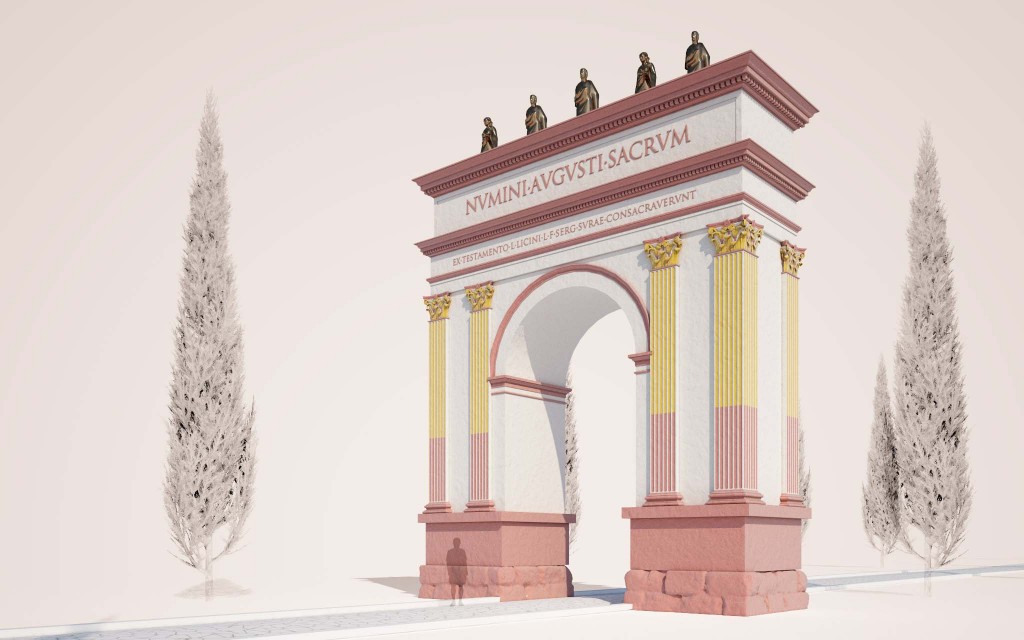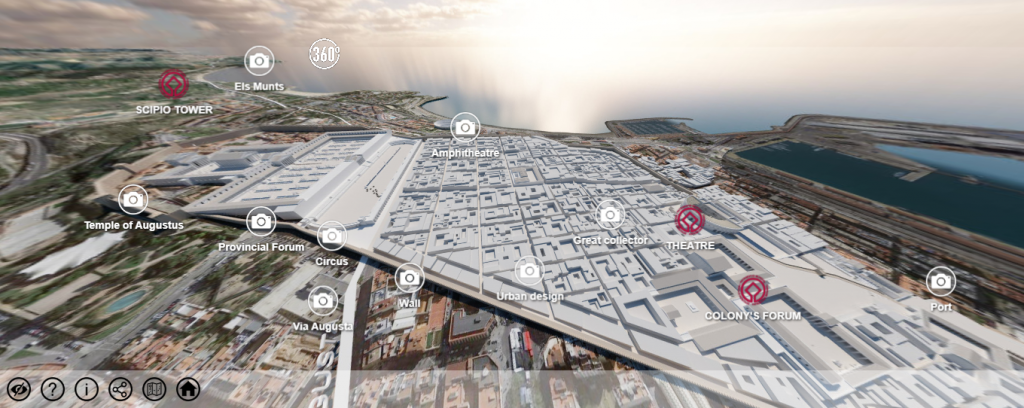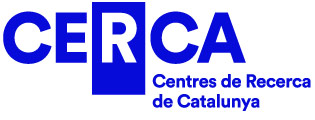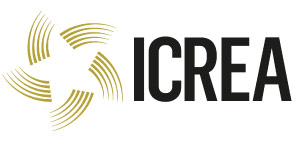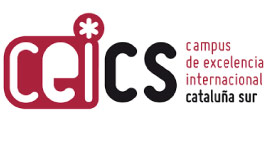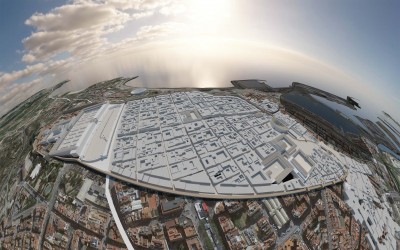
The Tarraco 360° project collects the scientific work of the SETOPANT research group (URV/ICAC) and turns it into a virtual tour where you can visit the World Heritage Monuments of the city of Tarragona in 3D.
“Tarraco through time”
On the virtual tour, there are currently available 6 monuments, 36 virtual panoramic views 360º and 75 points of interest with detailed information.
Enter and discover the Roman city with a bird’s eye view, and access the monuments with through these maps: the city, Theatre, Colony’s forum, the territory, Scipio Tower, Archo of Berà.
Using the 360º button you can journey through the monuments and discover what’s inside. There are also panoramic views of the city today from the same spot. And, 75 points of interest with additional information available about each monument.
Scientific team of the project: Ricardo Mar (URV), Joaquín Ruiz de Arbulo (URV-ICAC), David Vivó (UdG), Marc Lamuà (Setopant), José-Alejandro Beltrán-Caballero (Setopant), José-Javier Guidi (Setopant), Ferran Gris (Setopant, associate researcher at the ICAC).
With the support of Fundació Privada Mútua Catalana.
The city
The civitas Roman (city) of Tarraco spread out from the mouth of the Francolí river, the littoral of the Mediterranean and the promontory of today’s Parte Alta, or the historic centre. The origin civitas can be traced to the Iberian oppidum (village) of Kesse and the large Roman military encampment from the 3rd and 2nd centuries BC. The urban centre held the title of colony starting from the 1st century BC and was the residence of Augustus himself. Tarraco also served as the capital of one of the Empire’s largest provinces and attracted active and dynamic trade and political activity. Tarraco’s progressive importance in the Western Mediterranean promoted and shaped its urban landscape.
Points of interest: Urban design, Wall, Tower of Minerva, Great collector, Suburb, The Port.
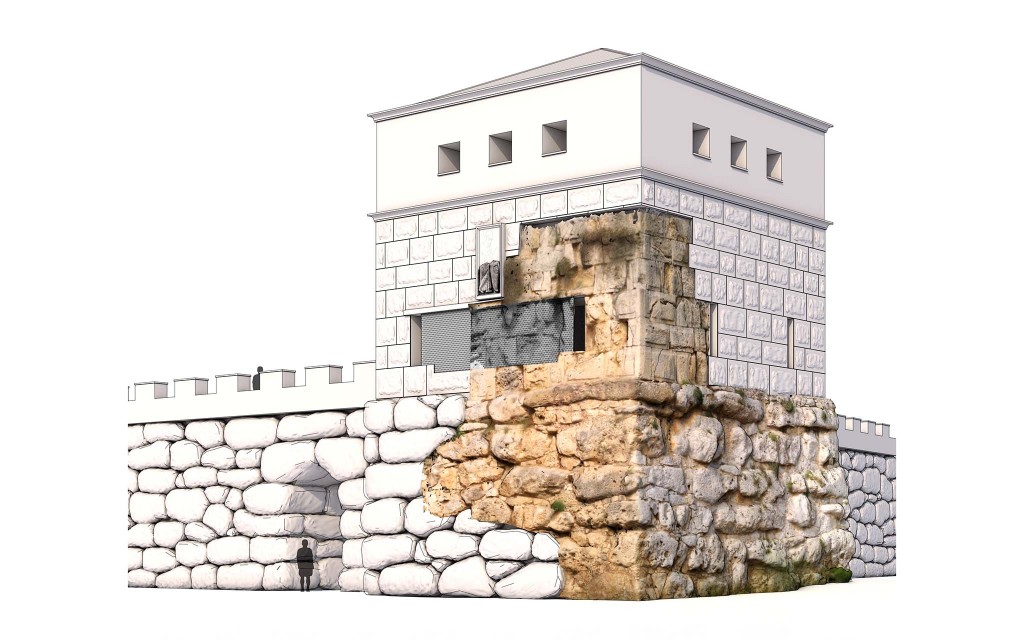
Theatre
The theatre of Tarraco was built around the year 10 B.C. and it was abandoned at the end of the 2nd century A.D. The building hosted multiple annual festivals which included stage shows, dances, choral songs and an extensive range of theatrical genres (comedies, recitationes, songs, pantomimes…). In short, the theatre was a meeting and civic centre for the Roman citizens of Tarraco, a shared space where they could express the society’s loyalty to the state, where the most profane utterances interspersed with religious proclamations, such as the imperial cult.
Points of interest: Altar dedicated to the imperial cult, Marmorization, Sculptural cycles, Rear façade, Façade of the stage, Architectural orders, Ninfeo, Tribunes, Radial walls, Preserved remains, Velum.
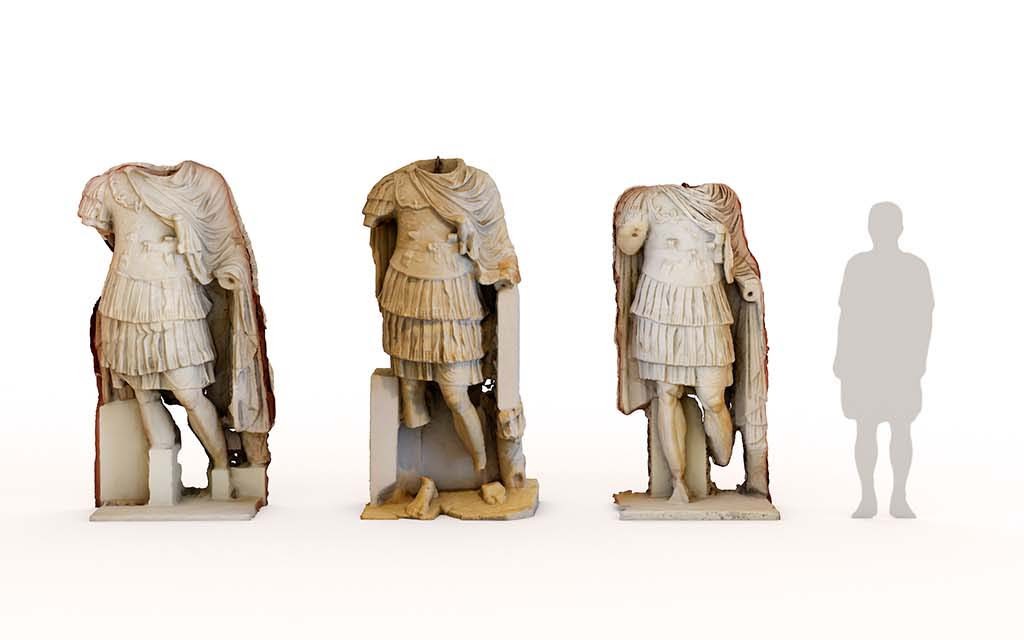
Colony’s forum
The colony’s forum spread across the lower part of the Roman city. This was a set of buildings and portico-lined plazas, located one after another, which housed the religious worship, the legal and political activities, trade and so on. In short, it was the true epicentre of the colony. The area started operating at the end of the Republic (1st Century B.C.), with a dynamic life that would last until the mid-4th century A.D., when documents confirm that some of the structures fell into ruin.
Points of interest: The Basilica, Portico-lined plaza, Archaeological remains, Aedes Augusti, Altar of the victories of Augustus, The treasury, The capitoline square, The Capitolio.
The territory
Just like the cities, the rural world obeyed the strict organisation and management of the Roman world. In Tarraco, archaeologists have been able to identify a network of parcelled grids which spread out across the territory (ager Tarraconensis). Each parcelled lot had to be awarded to members of the army so they could retired and make their homes as colonists in the region, reinforcing agricultural activities and incentivising trade. Villas, farms, bridges, signs, roads, and so on marked out this parcelled rural countryside.
Points of interest: Via Augusta, Scipio tower, Archo of Berà, Aqueduct of Les Ferreres, Centcelles, Els Munts.
Scipio tower
In an excellent state of conservation, the so-called Scipio Tower is in fact a monumental tower-shaped mausoleum. The structure, crowned with a pyramidal cover that was painted and decorated with reliefs still visible today, was created to house the burial of an important member of Tarraco’s society. Its location next to the Via Augusta was due to the Roman law which prohibited burials within the city limits.
Points of interest: Architecture, Attis, Monumental inscription, Missing inscription, Bas-relief.
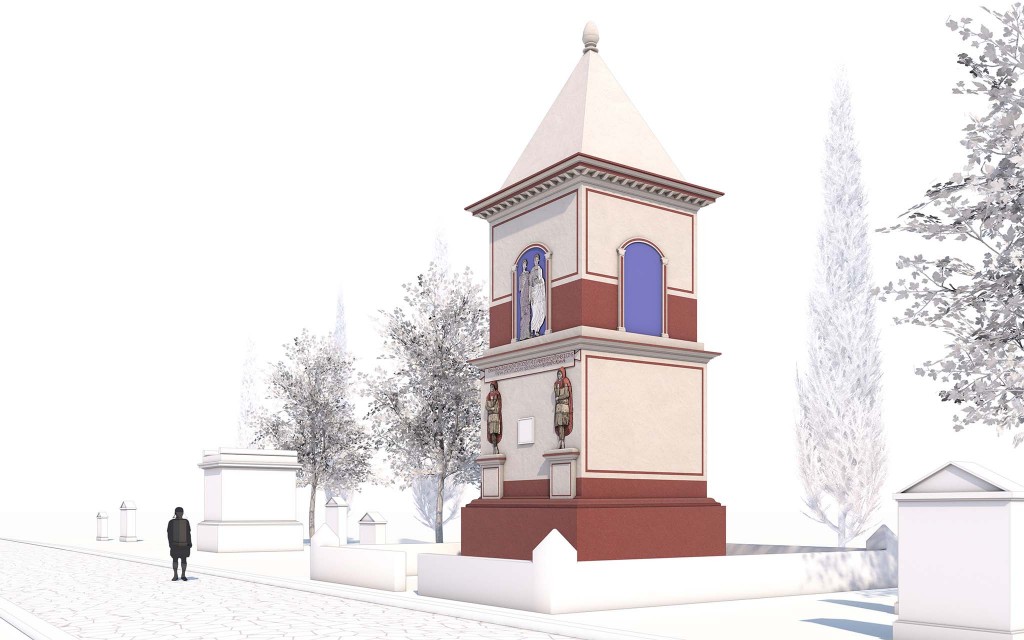
Archo of Berà
The Arch of Berà was erected to preside over the passage of the Via Augusta. The Arch of Berà is a large triumphal arch which has been reformed and transformed over time. The arch contains a laudatory inscription whose dedication makes reference to Lucius Licinius Sura, a member of Tarraco’s elite, originally from Celsa (Aragon), who relied on imperial support to build it. These types of arches had a sacred value and were built in important locations, such as the borders between two properties, or to mark the existence of a bridge or a river, etc.
Points of interest: Architecture, Inscription, Restoration, Historiography.
